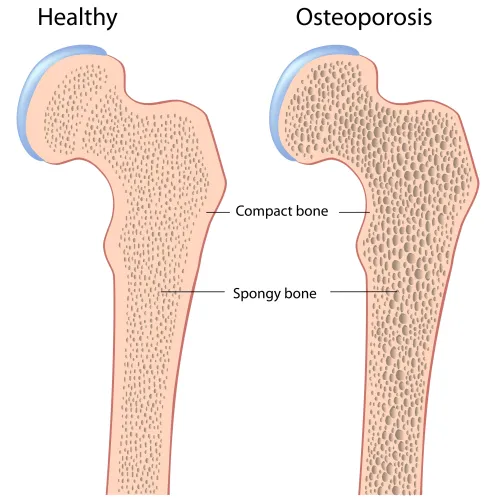Radiology Coding Alert
Gain Knowledge of the Gustilo Open Fracture Classification
Question: Thank you for your breakdown of the distinct types of wrist fractures in “Precisely Code Colles’, Smith’s, and Barton’s Fractures With This Guide” from Radiology Coding Alert, Volume 24, Issue 7.
I noticed that certain 7th characters include Type I, Type II, or Type III to classify the fracture. Could you explain the differences between the three types of fractures?
Pennsylvania Subscriber
Answer: Type I, Type II, and Type III fractures are categories of open fractures that fall on the Gustilo open fracture classification. When coding certain fractures, such as Colles’ (S52.53- Colles’ fracture), Smith’s (S52.54- Smith’s fracture), and Barton’s fractures (S52.56- Barton’s fracture), you’ll need to select an appropriate 7th character to complete the code. The 7th character indicates the type of encounter, type of fracture, or sequela.
The Gustilo classification includes Type I, Type, II, and Type III categories to differentiate the severity of soft tissue damage, the degree of contamination, and the amount of energy dissipated.
A Type I fracture involves a small wound less than 1 cm in size with minimal soft tissue damage, a clean wound bed, and the injury to the bone is simple with minimal comminution (the bone is reduced into smaller pieces). Type II fractures may involve a wound greater than 1 cm with moderate damage to the soft tissue, a wound bed with moderate contamination, and moderate comminution of the fracture.

Type III fractures are further divided into Type IIIA, IIIB, and IIIC for greater specificity on the extent of the damage. Types IIIA and IIIB fractures involve wounds that are less than or greater than 10 cm in size, respectively. A Type IIIA fracture may have soft tissue covering the bone, whereas a Type IIIB fracture typically has inadequate soft tissue coverage and may require a more complex repair.
Type IIIC fractures are considered the most severe. The injury involves a significant vascular injury that will need to be repaired to save the extremity. Additionally, Type IIIC fractures can be classified with the Mangled Extremity Severity Score (MESS), which helps providers determine if the extremity can be salvaged or should be amputated.
When relating these classifications back to the article you referenced, “Colles’ and Smith’s fractures are considered a Type I transverse break outside of the wrist. Barton’s or reverse Barton’s fractures are a Type II intra-articular fracture. Lastly, Type III fractures are juxta-articular oblique fractures,” says Christine Hall, CHC, CPC, CPB, CPMA, CRC, CPC-I, senior consultant and certified instructor of Stirling Global Solutions.
Related Articles
Radiology Coding Alert
- Breast Imaging:
Master Mammography With CAD Coding
Do you need to report CAD separately? Find out. Radiologists may use computer-aided detection (CAD) [...] - Stroke Coding:
Expand I63.- to Correctly Code a Cerebrovascular Accident Diagnosis
Discover which subcategory of codes report stroke sequela. When a patient suffers a stroke, providers [...] - ICD-10-CM`:
Do You Know When It’s Okay to Code Rule-Out Diagnoses?
When in doubt, query the provider as to the symptoms. Ruled out — two words [...] - You Be the Coder:
Modify Your CT Scan Reporting
Question: I have a radiology report that indicates a CT scan was performed of the patient’s [...] - Reader Questions:
Understand How to Report a DXA Body Composition Study
Question: A patient came into our radiology practice for a DXA body composition study. Would I [...] - Reader Questions:
Gain Knowledge of the Gustilo Open Fracture Classification
Question: Thank you for your breakdown of the distinct types of wrist fractures in “Precisely Code [...] - Reader Questions:
Find the Correct Ultrasound Code for a Fetal Size Follow-Up Appointment
Question: A patient visits her obstetrician’s office for a repeat transabdominal ultrasound to measure fetal size [...]




